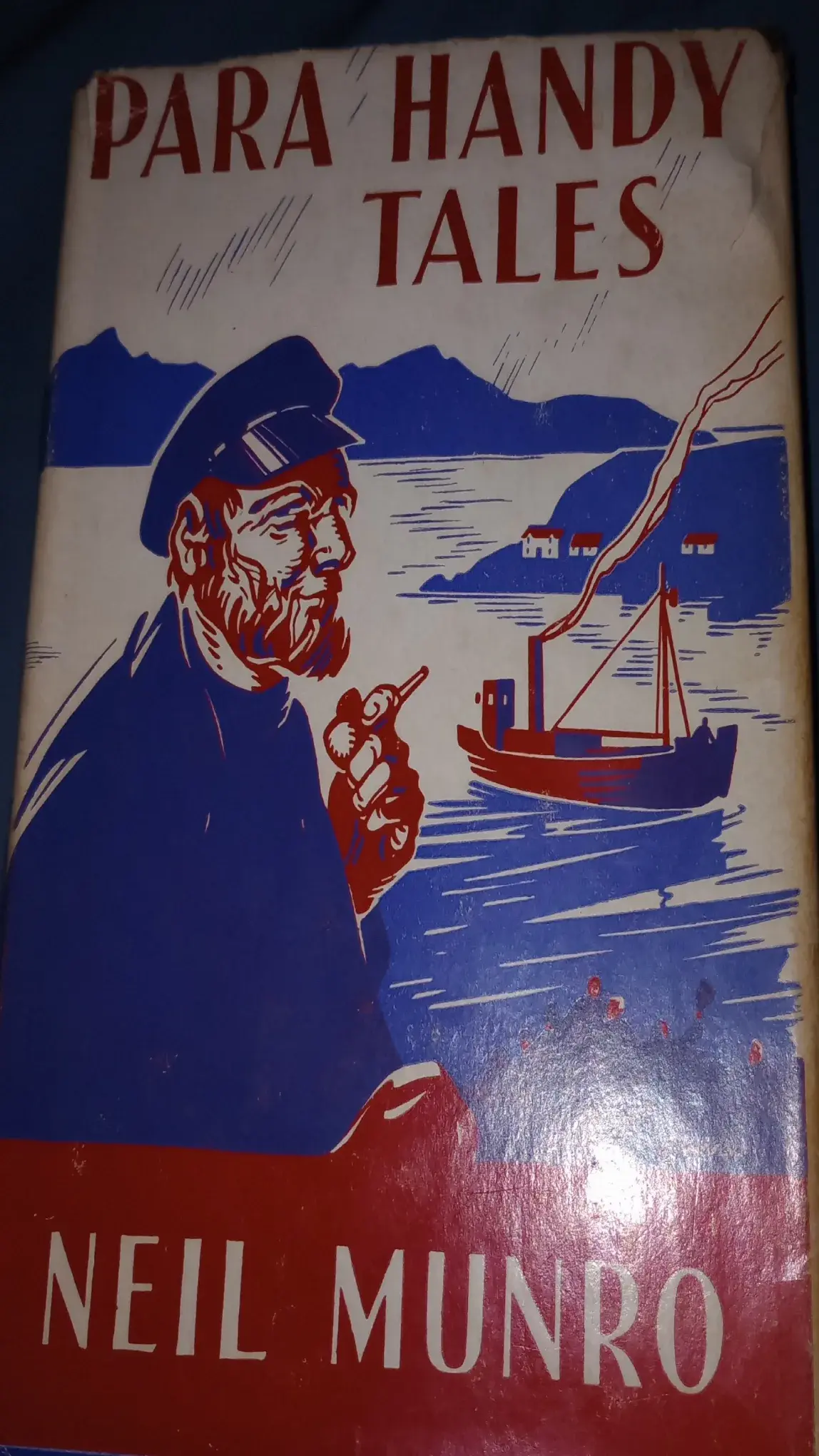- cross-posted to:
- [email protected]
- [email protected]
- [email protected]
- cross-posted to:
- [email protected]
- [email protected]
- [email protected]
Fifteen miles east of the garrison town of Lyman, a desperate fight has been taking place on Ukraine’s eastern front for months. The once verdant Serebryansky pine forest has been reduced to burnt-out stumps, reminiscent of images from the Somme, destroyed amid Russian attacks aimed at eliminating Ukrainian foxholes.
Fearful that the frontline could crack last summer, Ukraine’s commanders deployed the Azov infantry brigade to the sector. Their task was and is to repel what “Maslo”, a 29-year-old staff sergeant with the unit’s first battalion, described as “constant assaults, every day, sometimes for 24 hours”. Occasionally the brigade makes dangerous counterattacks on foot.
Russian drone attacks are also proliferating, the soldier added, reflecting a successful shift by Moscow towards a war economy. But perhaps the most serious problem the defenders face are Russian glide bombs, air-launched from as far as 70km away by Su-34 and Su-35 jets. These are moderately accurate weapons that, if they happen to land on target, can wreak havoc on targets below.
Interesting to hear flatter leadership leading to a culture of being heard and improved morale. I’d suspect with greater autonomy and success too. This will all be enabled by greater dissemination of intelligence I’d bet, and increased training. If this is a prelude to something bigger, there are some fantastic lessons to be learnt
This is the best summary I could come up with:
Maslo, whose call sign translates as butter, described a “more or less stable” artillery mismatch of five to one in favour of the Russians, though he believes it is closer to 10 to one in the most intense sectors of the front, such as during the winter battle of Avdiivka, which fell to the invaders in February.
A fortnight ago, Ukraine’s commander-in-chief, Col Gen Oleksandr Sryskyi, said “the situation on the eastern front has significantly worsened”, and that a period of dry warmer weather was facilitating new Russian attacks by tanks and armoured vehicles.
The range of Ukraine’s immediate needs is recognised in the breadth of the equipment supplied in Wednesday’s $1bn package from the US, which include artillery rounds, Stinger handheld anti-air missiles, Javelin anti-tank weapons, and Bradley armoured vehicles.
In the immediate term, experts believe that it will take further rounds of military aid to reverse Ukraine’s deteriorating fortunes, including at least seven more Patriot anti-missile batteries to protect its cities and suppress bombardment at the front.
“Tavr” Bohdan Krotevych, Azov’s chief of staff, 31, argues that high morale, unit cohesion and a willingness to allow all ranks to be heard, not necessarily shown elsewhere, was a key to success – contrasting the style with the traditional “old fart” hierarchical model of Soviet command.
High morale and fresh thinking in Ukraine’s better units will not be sufficient to win a war of national survival, and the stop-start nature of western support in practice (despite upbeat statements made by political leaders) frustrates many Ukrainian soldiers.
The original article contains 1,281 words, the summary contains 256 words. Saved 80%. I’m a bot and I’m open source!




